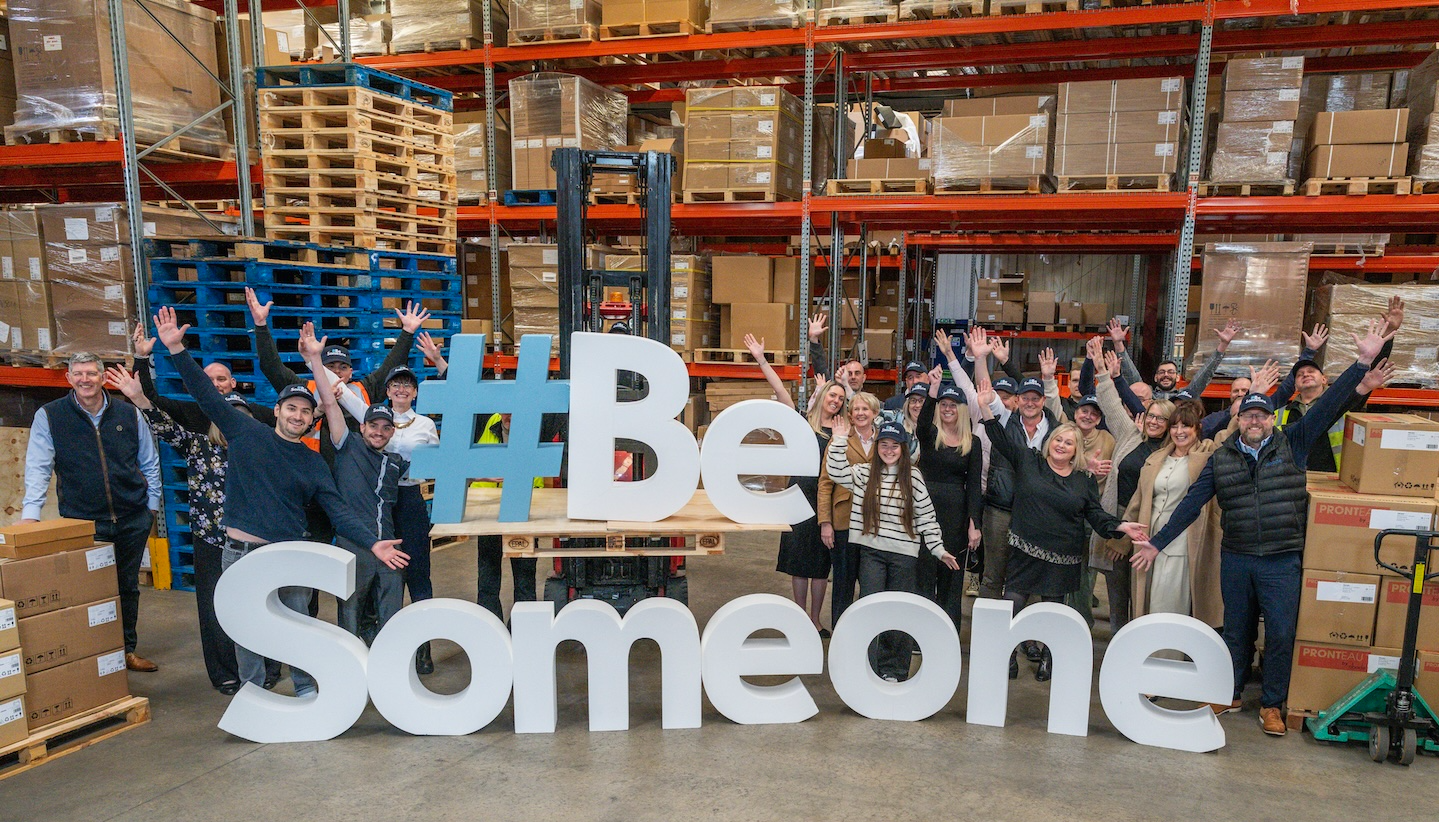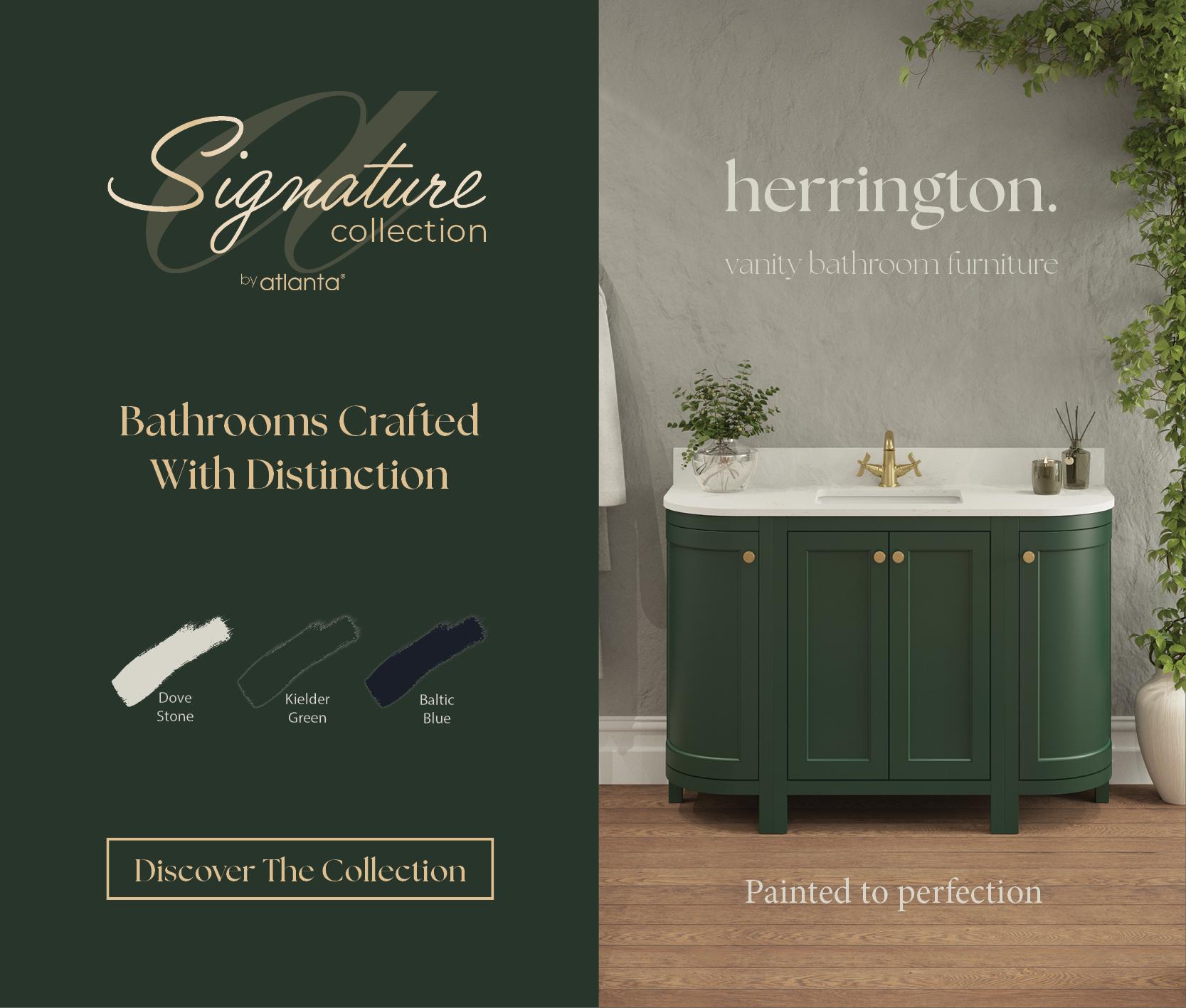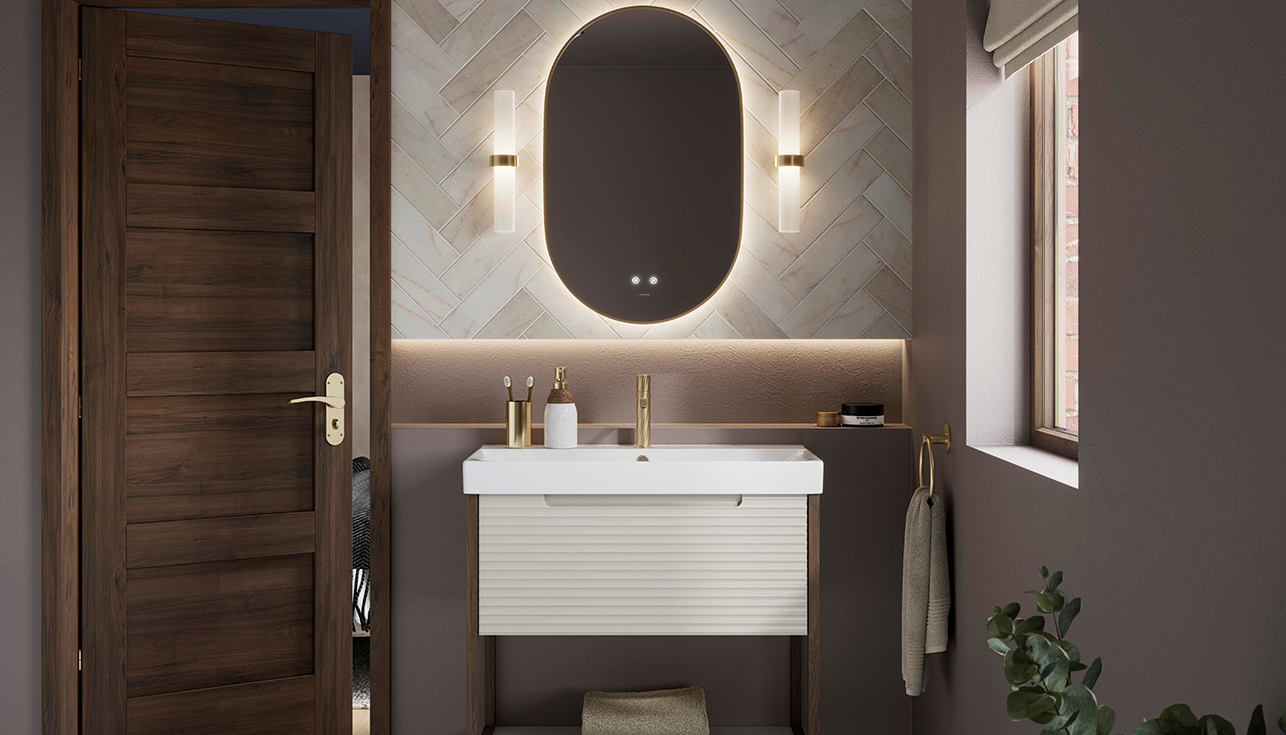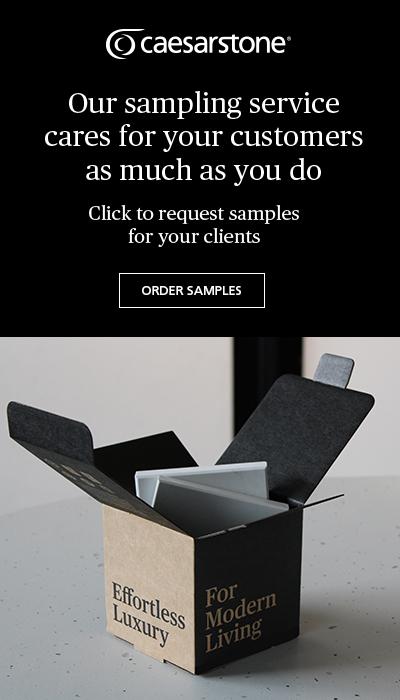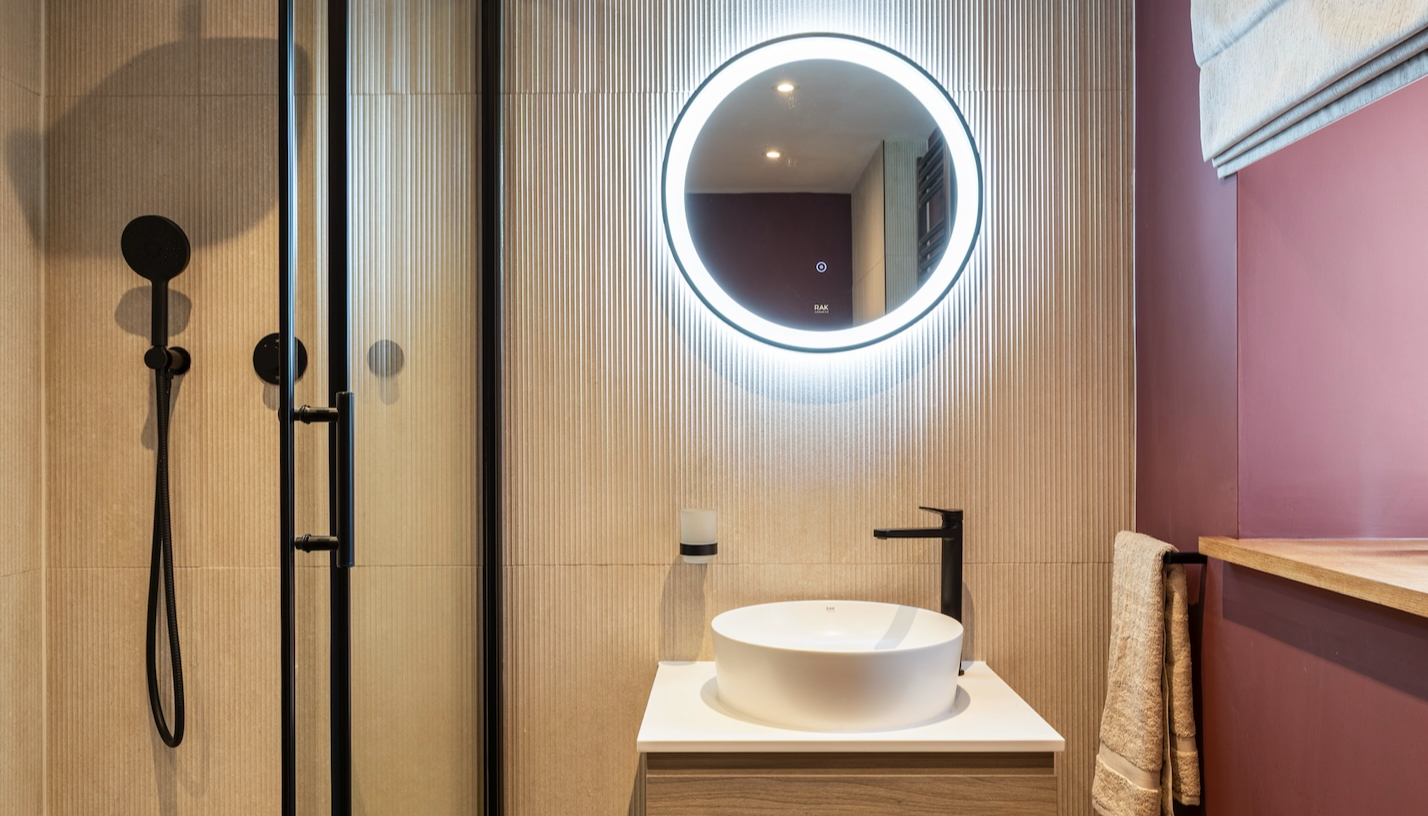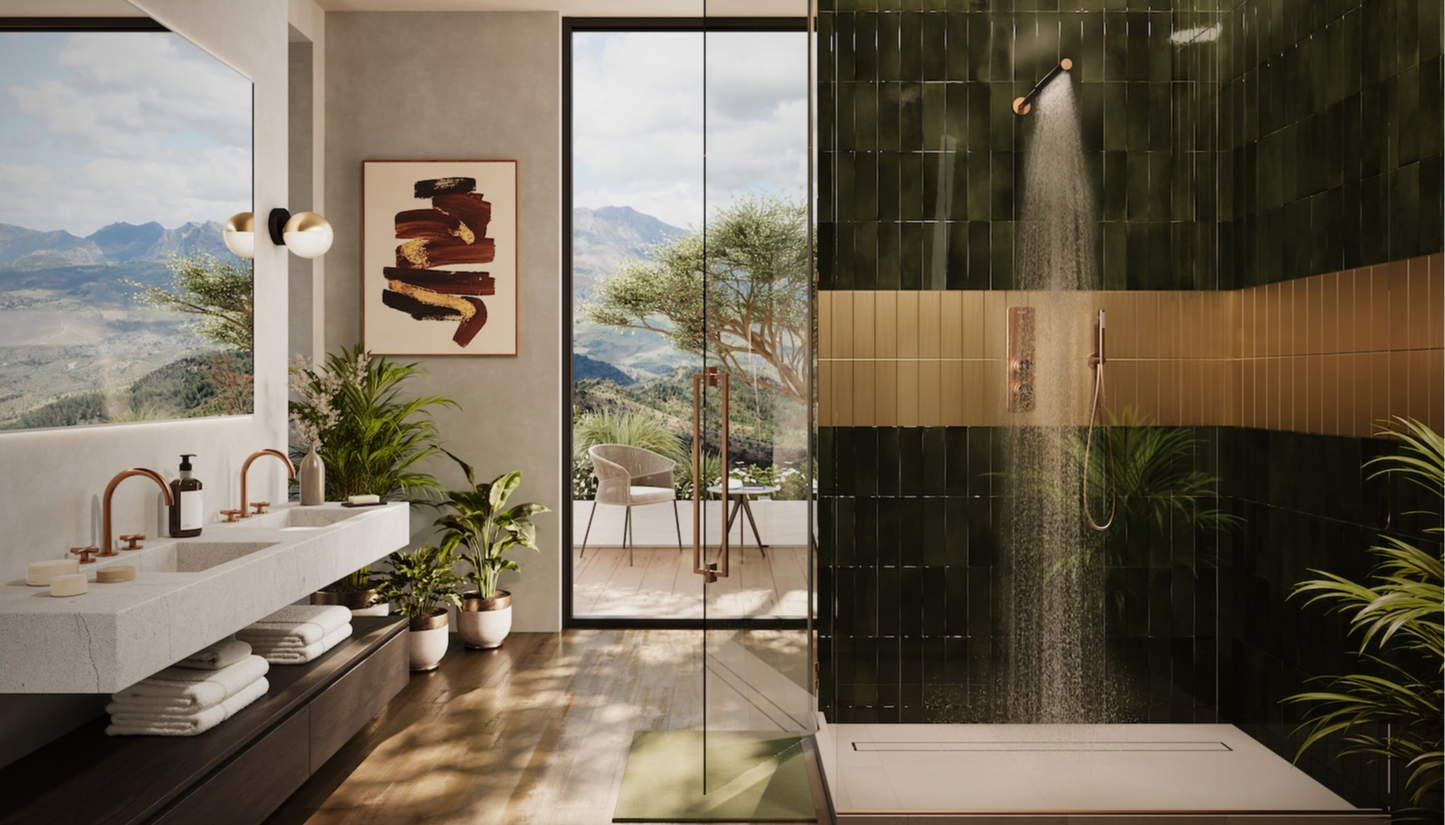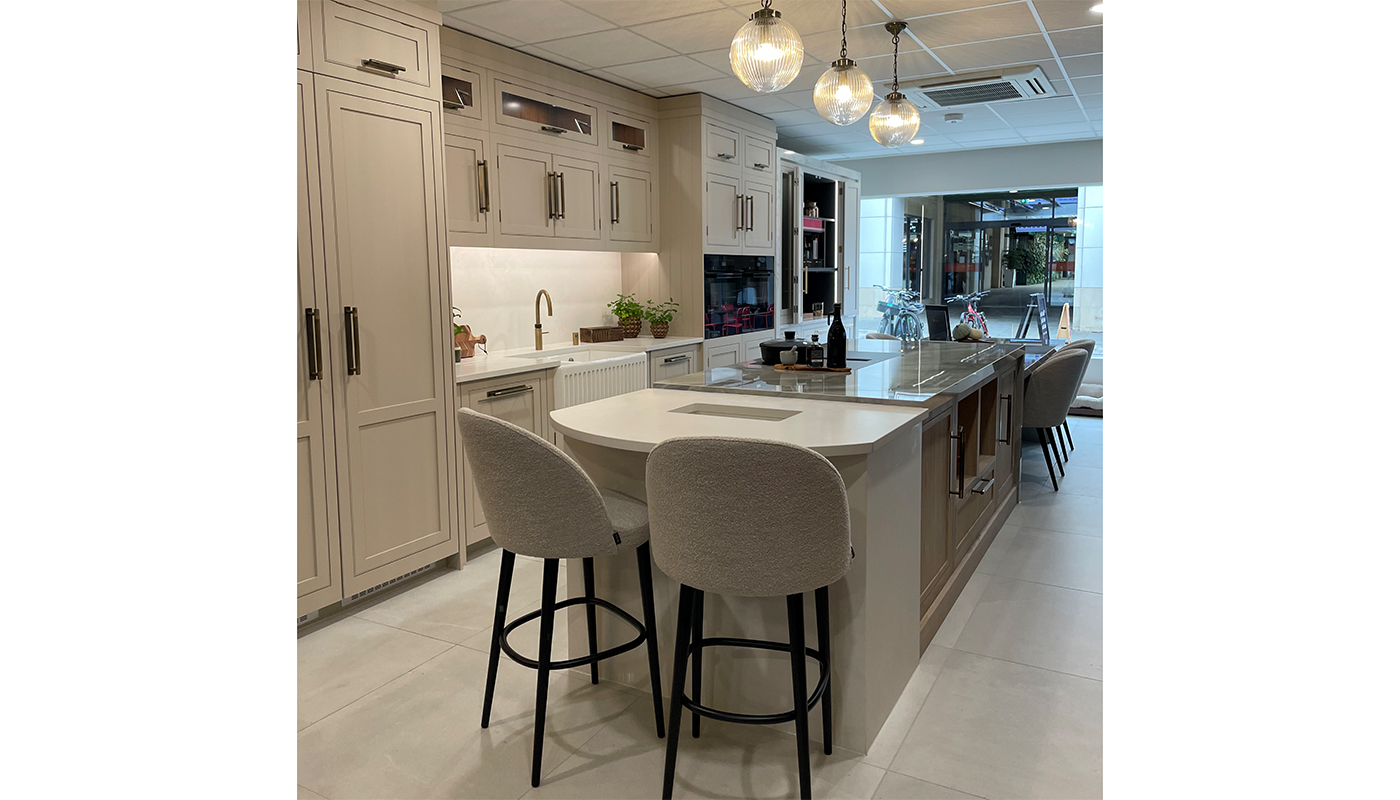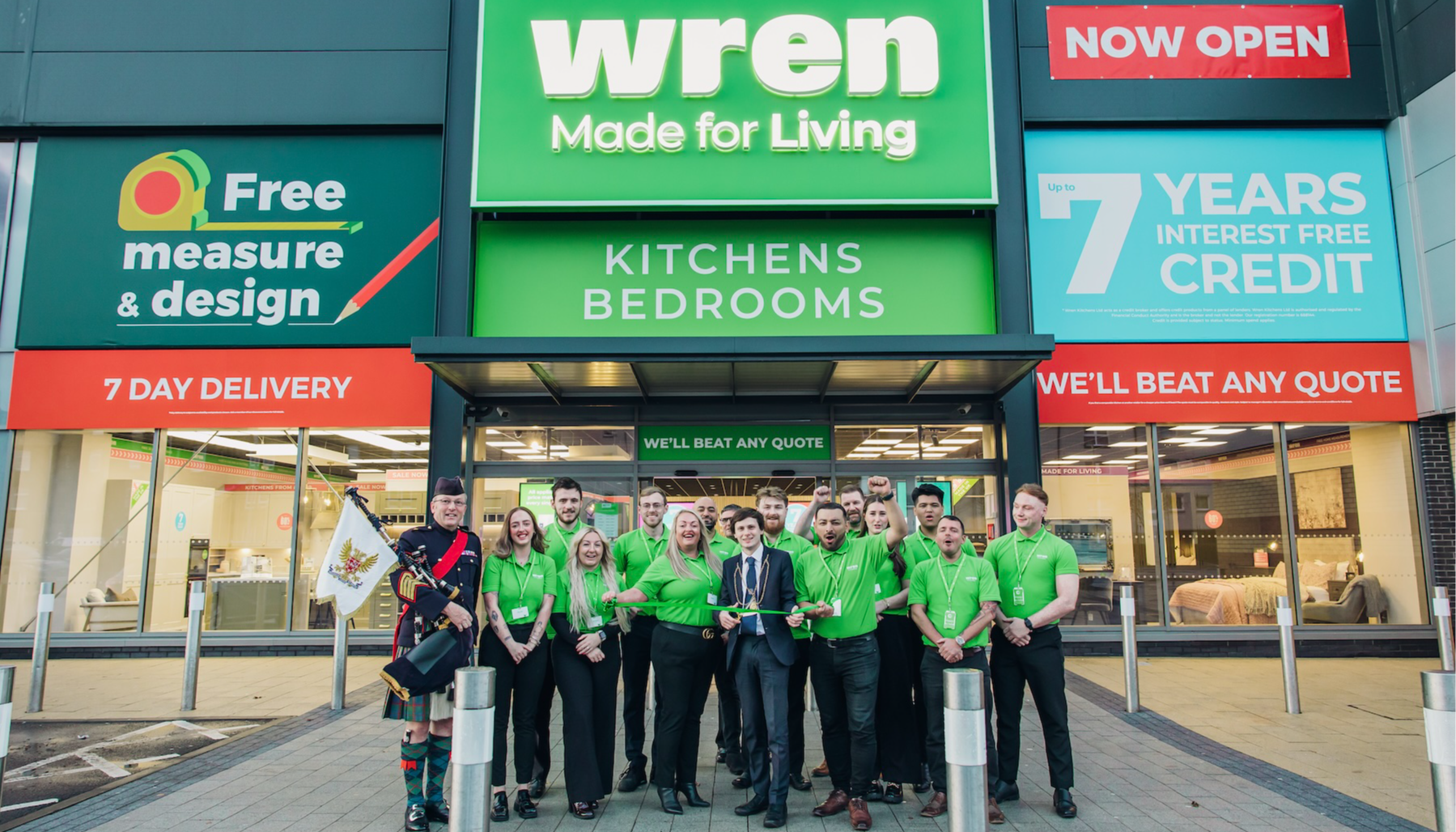Ian Hughes of WRAS – Dual flush is improving, but there is more to do

Ian Hughes of WRAS – Dual flush is improving, but there is more to do
Ian Hughes, approvals manager for the Water Regulations Approval Scheme (WRAS), reveals why manufacturers must do more to ensure dual flush WC designs really do save water.
Speculation of a dual flush ban has thankfully proven to be unfounded. It is important however, to keep dual flush in the spotlight and focus on what really needs to be done to ensure designs deliver water efficiency and are user friendly.
Designed with two buttons, dual flushes enable users to choose a shorter or longer flush depending on need. By selecting the smaller flush, users can save around two litres of water with every flush.
Unfortunately, confusing designs and inappropriate labelling mean that despite the good intentions, these systems have become less effective than hoped, with users frequently electing the wrong button and unwittingly wasting water.
WRAS is an independent UK certification body for plumbing products and materials, helping businesses and consumers choose compliant products that help to keep water safe. In 2019, WRAS conducted a survey to identify which dual flush designs cause the most, and least, confusion for users. It was found that many typical dual flush designs were causing the most confusion, with up to 81 per cent of respondents selecting the wrong button.
This year it has been confirmed by DEFRA (Department for Environment Food & Rural Affairs) that an updated WC specifications will be adopted. Following the work on the WC specification, DEFRA are considering potential changes to the water fittings regulations as part of their plan for water roadmap. This may include options to make dual flush buttons/operating controls clearer. WRAS supports this initiative. Currently, legislation specifies dual flush mechanisms must be readily discernible and must have instructions marked on the cistern or nearby. For the past few years, WRAS have been promoting the needs for more guidance around dual flush designs to help manufacturers understand which designs would be considered readily discernible.
To help WRAS approve applicants, WRAS has developed guidance about dual flush and some manufacturers have changed their designs so they are more easily understood by users.
The WRAS clarifications already published only cover dual flush designs where the flush mechanism includes two buttons to operate the flush and follows the following principles.
* The smaller button should be used for the reduced flush.
* For a high level of recognition, the larger button should be at least 1.5 times bigger than the small button.
* Labelling was easier to identify the right button if the pattern changed by quantity rather than sizes (e.g. 1 droplet of water and 2 droplets of water)
There are still uncertainties for some product designs.
The WRAS survey did not cover other types of flush control mechanisms, such as infra-red sensors or lever operated flush mechanisms. WRAS would support the development of ‘official’ guidance being developed and extended to cover these types of products.
WRAS believes the approach it took for button controls could be adopted to establish principles for infra-red and lever operated devices. Using a survey would help to identify guidance that covers these types of operating mechanisms that is supported by data.
If manufacturers follow this guidance, the outcome will be products that users can more easily understand and a reduction in the amount of water unnecessarily wasted.
Regulations versus Guidance
WRAS believes that ‘official’ guidance would be better than making regulatory changes. This could highlight ways that manufacturers could comply, without creating barriers to new innovative products.
The nature of product development means there will always be new products developed with new methods of control. Any guidance should provide manufacturers with flexibility to demonstrate compliance in different ways to show innovative products can be just as clear to users within the current regulations.
Testing to demonstrate compliance
Not every product is tested and independently verified. Some manufacturers use independent certification schemes such as WRAS but this it is not a requirement and manufacturers can test and self-certify their WC’s. It is the water bill payer or the installers’ responsibility to demonstrate that an installed product is compliant with the regulations.
Installers should consider if the product they are installing meets the requirements of the regulations and ask their supplier for evidence. It is times like these where the value of a WRAS approval is most obvious. If an installer is provided with a WRAS approval number, they can check the WRAS website to verify the product has been tested and independently verified for compliance with the Water Fittings Regulations by an independent accredited certification body.
Tags: insight, features, ian hughes, wras, dual flush, defra, compliance, bathrooms




